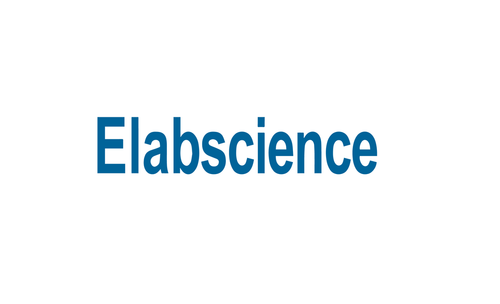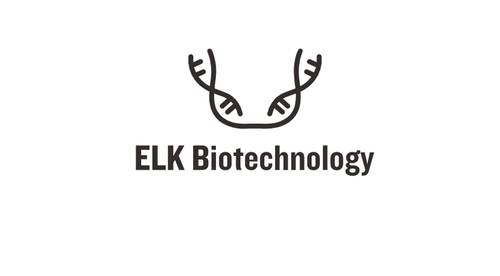Product Description
HLA-DQB1/B2 polyclonal Antibody | BS60575 | Bioworld
Host: Rabbit
Reactivity: Human,Mouse,Rat
Application: WB
Application Range: WB: 1:500~1:1000
Background: Destination of major histocompatibility complex (MHC) class II molecules for presentation to CD4+ helper T-cells is determined by two key events: the dissociation of class II-associated invariant chain peptides (CLIP) from an antigen binding groove in mhc ii-a/b dimers through the activity of MHC molecules HLA-DM and -DO, and subsequent peptide antigen binding. Accumulating in endosomal/lysosomal compartments and on the surface of B cells, HLA-DM, -DO molecules regulate the dissociation of CLIP and the subsequent binding of exogenous peptides to HLA class II molecules (HLA-DR, DQ, DP and DR) by sustaining a conformation that favors peptide exchange. RFLP analysis of HLA-DM genes from rheumatoid arthritis (RA) patients suggests that certain polymorphisms are genetic factors for RA susceptibility. The alpha 1 chain of HLA-DQ1 class II molecule complex can bind peptides and present them to CD4+ T lymphocytes. HLA-DQB1 may be implicated in multiple sclerosis.
Storage & Stability: Store at 4°C short term. Aliquot and store at -20°C long term. Avoid freeze-thaw cycles.
Specificity: HLA-DQB1/B2 polyclonal Antibody detects endogenous levels of HLA-DQB1/B2 protein.
Molecular Weight: ~ 30 kDa
Note: For research use only, not for use in diagnostic procedure.
Alternative Names: HLA class II histocompatibility antigen, DQ beta 1 chain; MHC class II antigen DQB1; HLA-DQB1; HLA-DQB; HLA class II histocompatibility antigen, DQ beta 2 chain; HLA class II histocompatibility antigen, DX beta chain; MHC class II antigen DQB2; HLA-DQB2; HLA-DXB
Immunogen: A synthetic peptide corresponding to residues in Human HLA-DQB1/B2
Conjugate: Unconjugated
Modification: Unmodification
Purification & Purity: The Antibody was affinity-purified from rabbit antiserum by affinity-chromatography using epitope-specific immunogen and the purity is > 95% (by SDS-PAGE) .
Pathway: Contribution of Soluble Factors to EMT,
 Euro
Euro
 USD
USD
 British Pound
British Pound
 NULL
NULL








